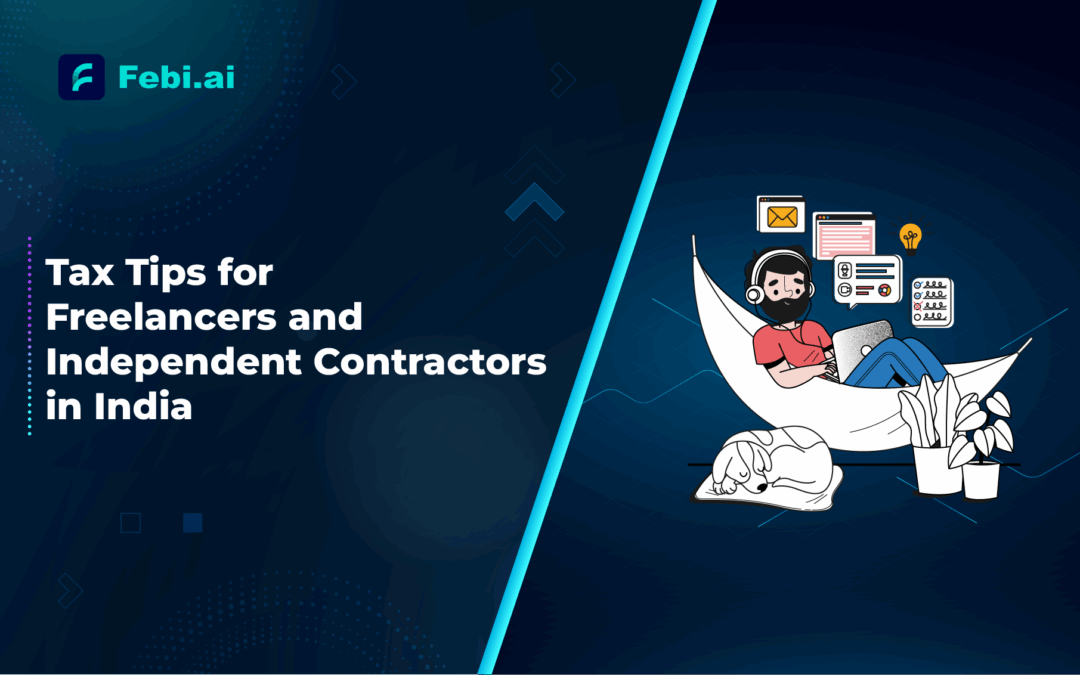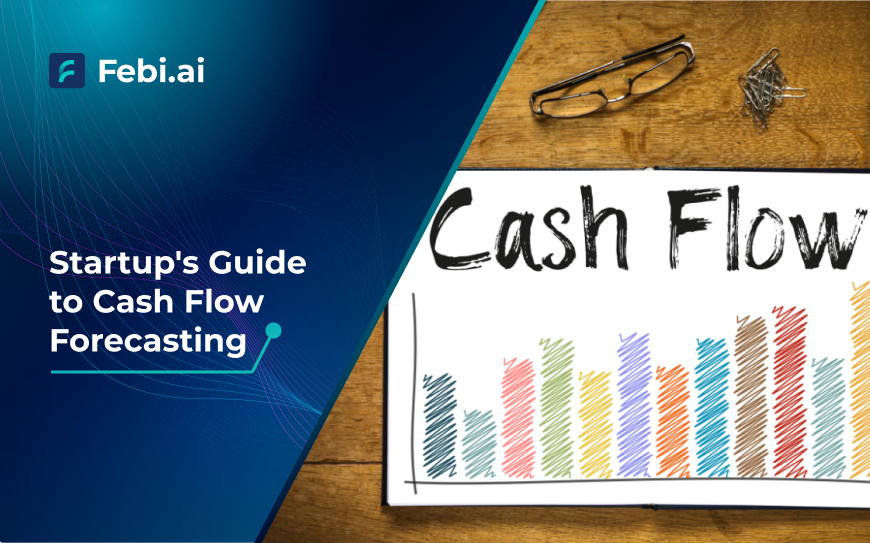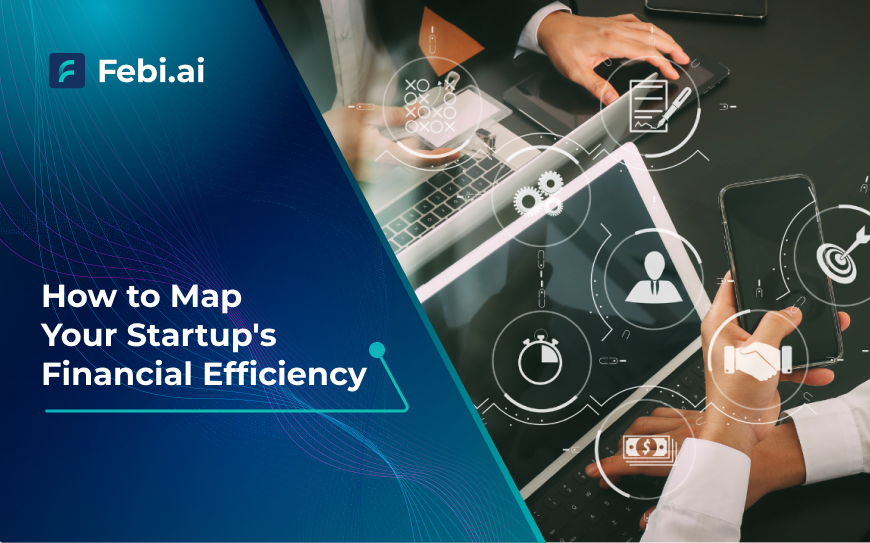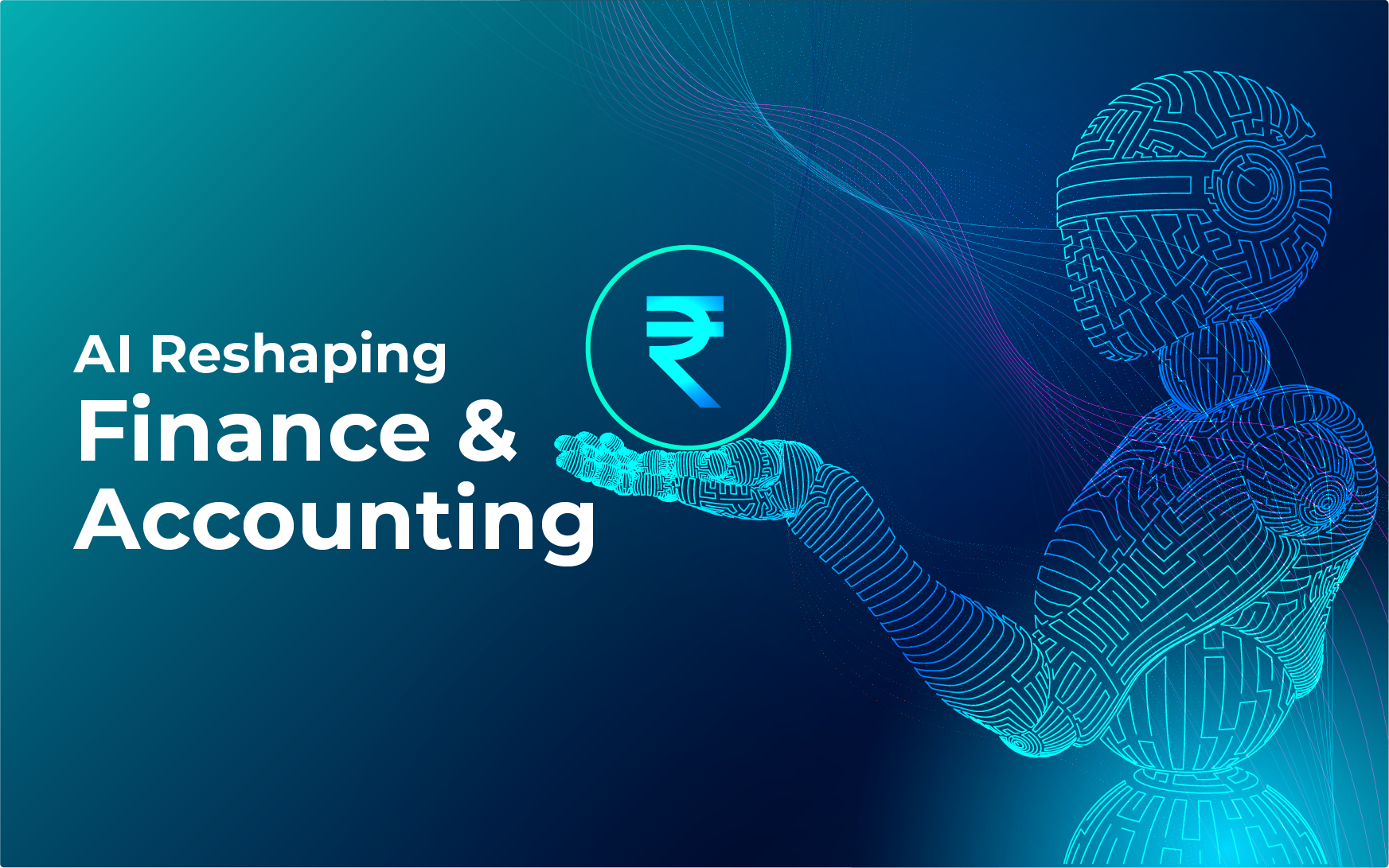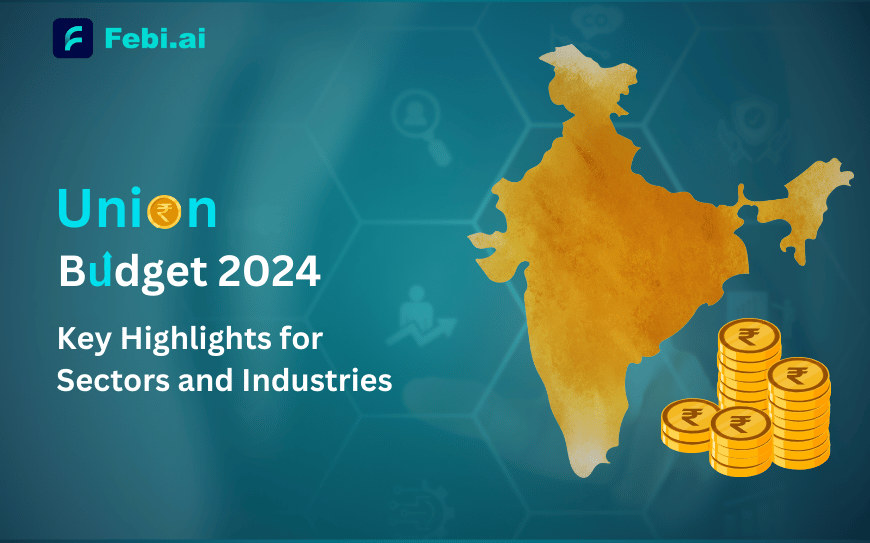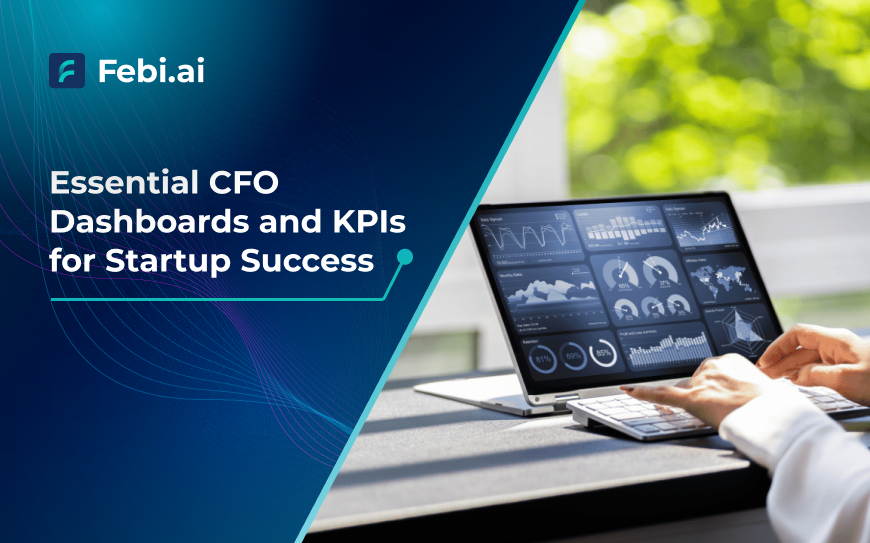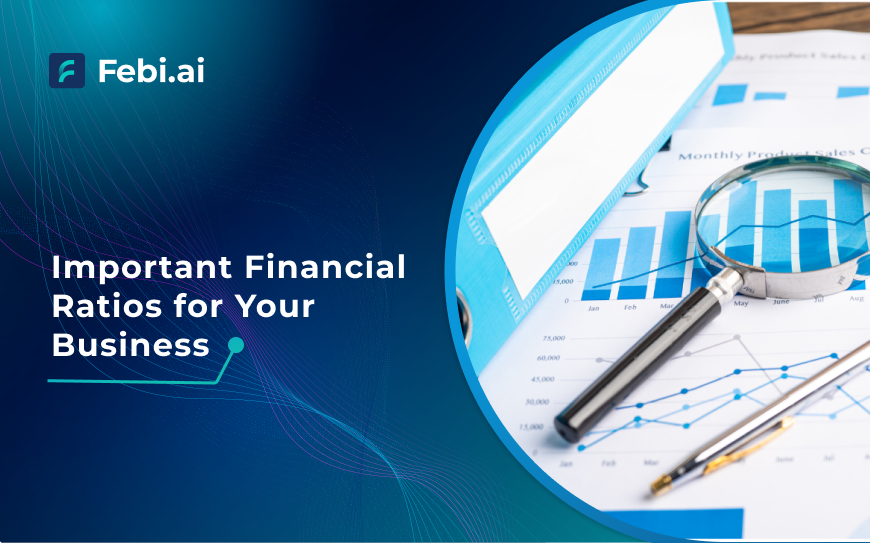Table of Contents
If you’re freelancing in India, you’ve probably savored the freedom – but when tax season rolls in, you need to know some freelancer tax tips which can help you from hitting a wall. Tax planning for freelancers is not just about ticking boxes. It’s about saving money, staying calm, and growing your hustle with confidences.
Because you don’t have taxes taken off your payments, you’ve got to own the plan.
Whether you’re learning self-employed tax deductions, wrap your head around GST, or figure out how to save tax as a freelancer, you’ll find it all here.
So, who counts as freelancer in India?
Anyone who works solo, gets paid per project or hour, and delivers services like:
- Content writers
- Photographers
- Artists
- Designers
- Web Developers
- Content creators
- Consultants
- Social media manager
- Tutors
From the tax man’s view, this is “Income from Business or Profession” – nothing fancy, just real work.
Do you even need to register?
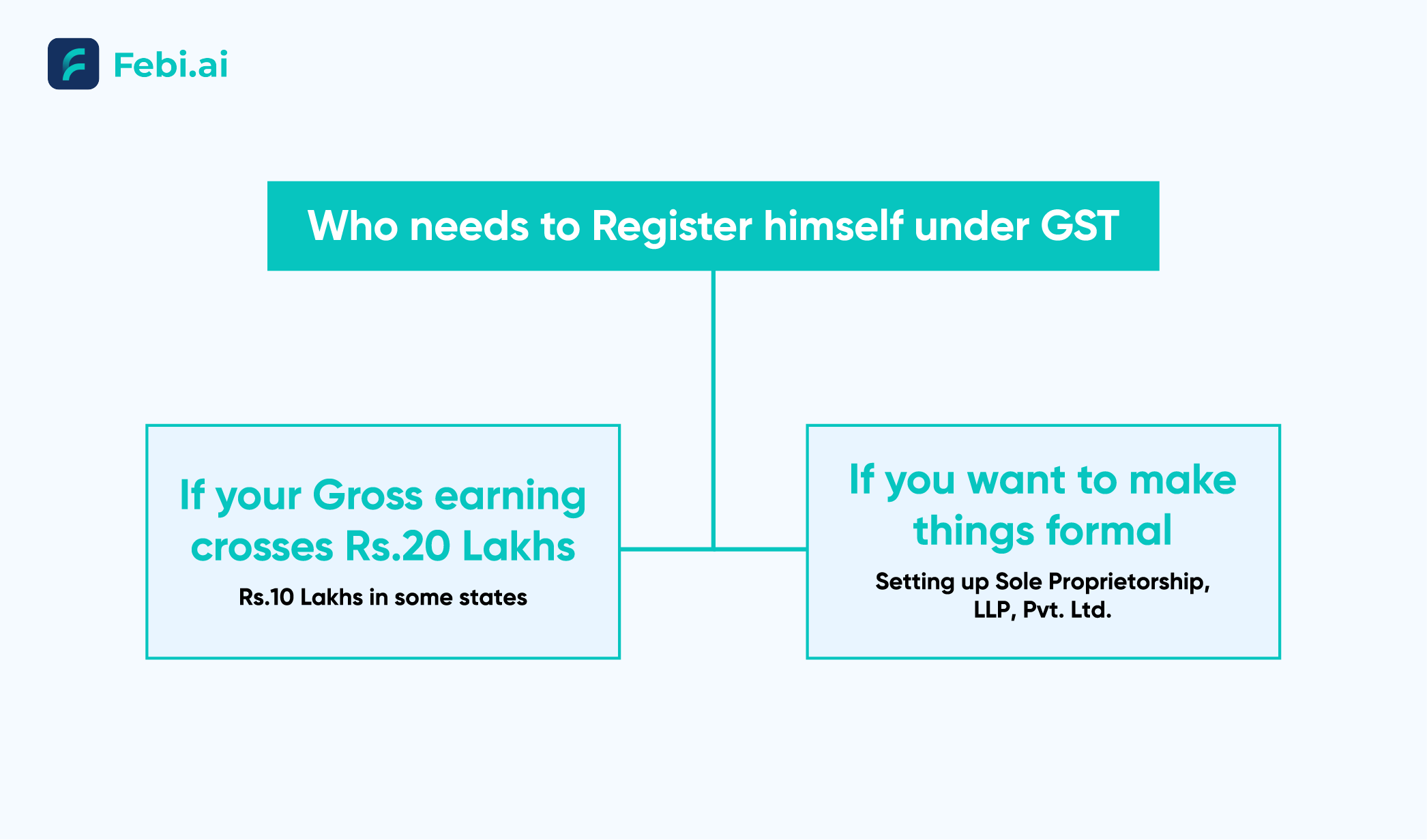
You don’t need to register yourself, unless either:
- Your gross earnings cross ₹20 lakh (₹10 lakh in some states), which forces GST.
- You want to make things formal and professional – like setting up a sole proprietorship, LLP, or Pvt Ltd for credibility or tax-smart moves.
For filing taxes? All you really need is your PAN and Aadhaar. That’s it – you’re good to go.
Always keep your books updated
This is for stress-free tax season:
- Client invoices
- Bank credits
- PayPal/Razorpay or other payment processors slips
- Business expense bills
- TDS certificates (Form 16A)
- GST invoices if you’ve registered yourself
Use tools like Febi.ai, Zoho Books, Vyapar, or even a slick Excel sheet. Honestly, it’ll make life easier.
Pick your tax route – Regular or Presumptive?
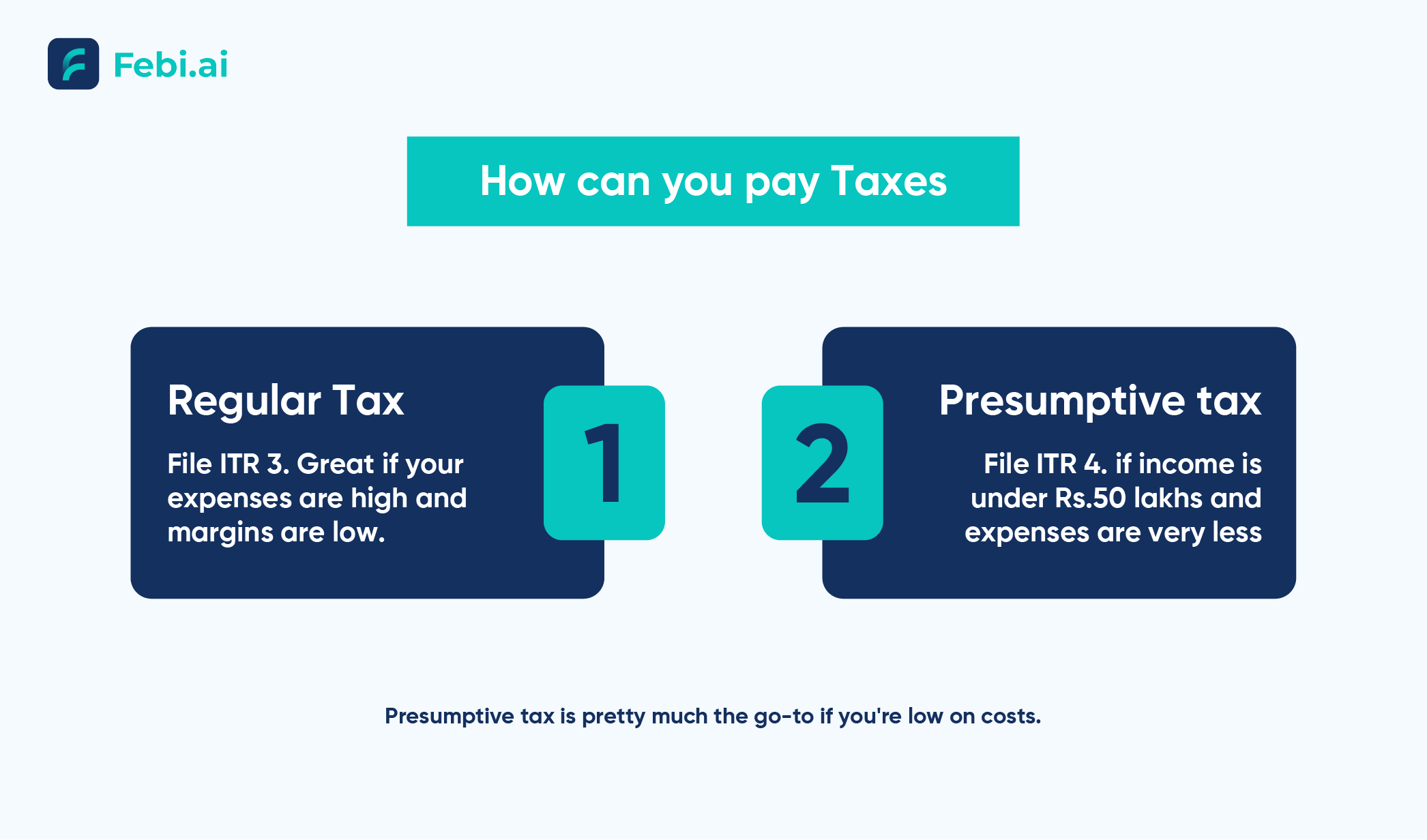
Option A: Regular Tax (ITR3)
Full-on updated books, claim rent, software subscriptions, travel expense. File ITR3. Great if your expenses are high and margins are low.
Option B: Presumptive Tax (Section 44ADA – ITR4)
Declare 50% of earnings as income. No need for expense receipts. File ITR4. Perfect if income is under ₹50 lakh and expenses are very minimal if compared to a full-fledged business.
Section 44ADA is pretty much the go-to if you’re low on costs.
Advance tax dates – you’ll need to remember these
If you owe over ₹10,000 a year as tax, you’ve got quarterly deadlines:
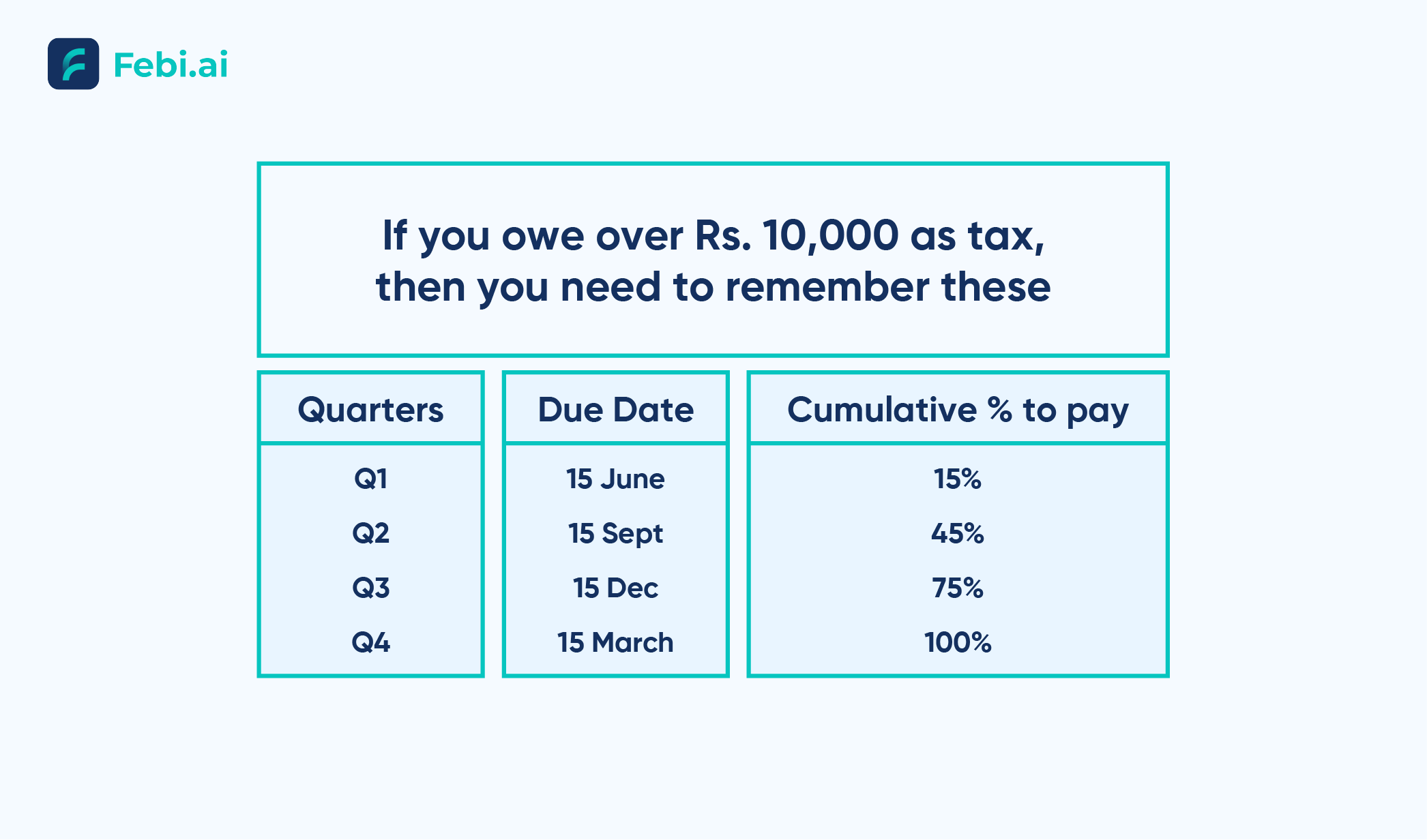
Miss deadlines? Say hello to penalties under Sections 234B and 234C.
Max self-employed tax deductions
Your business related expenses = tax savings, so don’t skip:
- Home-office rent
- Electricity expense
- Depreciation on laptops, printers, mobile devices
- Subscription tools like Adobe Creative Suite, Grammarly, Canva etc
- Business related travel and accommodation expense
- Training Charges
- Internet, phone charges
- Online courses for skills
- Hosting, ads, web tools
Home-office gives you a lot of perks in tax savings. You can claim rent, electricity, internet, housekeeping charges and many more.
All these slices down taxable income.
Know your TDS
Clients may deduct 10% under Section 194J. What you do:
- Ask them for Form 16A
- Match it with Form 26AS/AIS
- Claim it when filing tax return – if it’s more than what you owe, you’ll get a refund.
GSTIN – do you need it?
Yes, if:
- You earn over ₹20 lakhs/year
- Send services to other states
- Work with foreign clients
Exporting services? File an LUT (Letter of Undertaking) to skip GST. Otherwise, charge 18% and claim it back. And get a FIRC (Foreign Inward Remittance Certificate) for each overseas payment.
Pick the right ITR form
- ITR4 for presumptive (44ADA)
- ITR3 if you track each and every actual income & expenses
Watch out for slip-ups
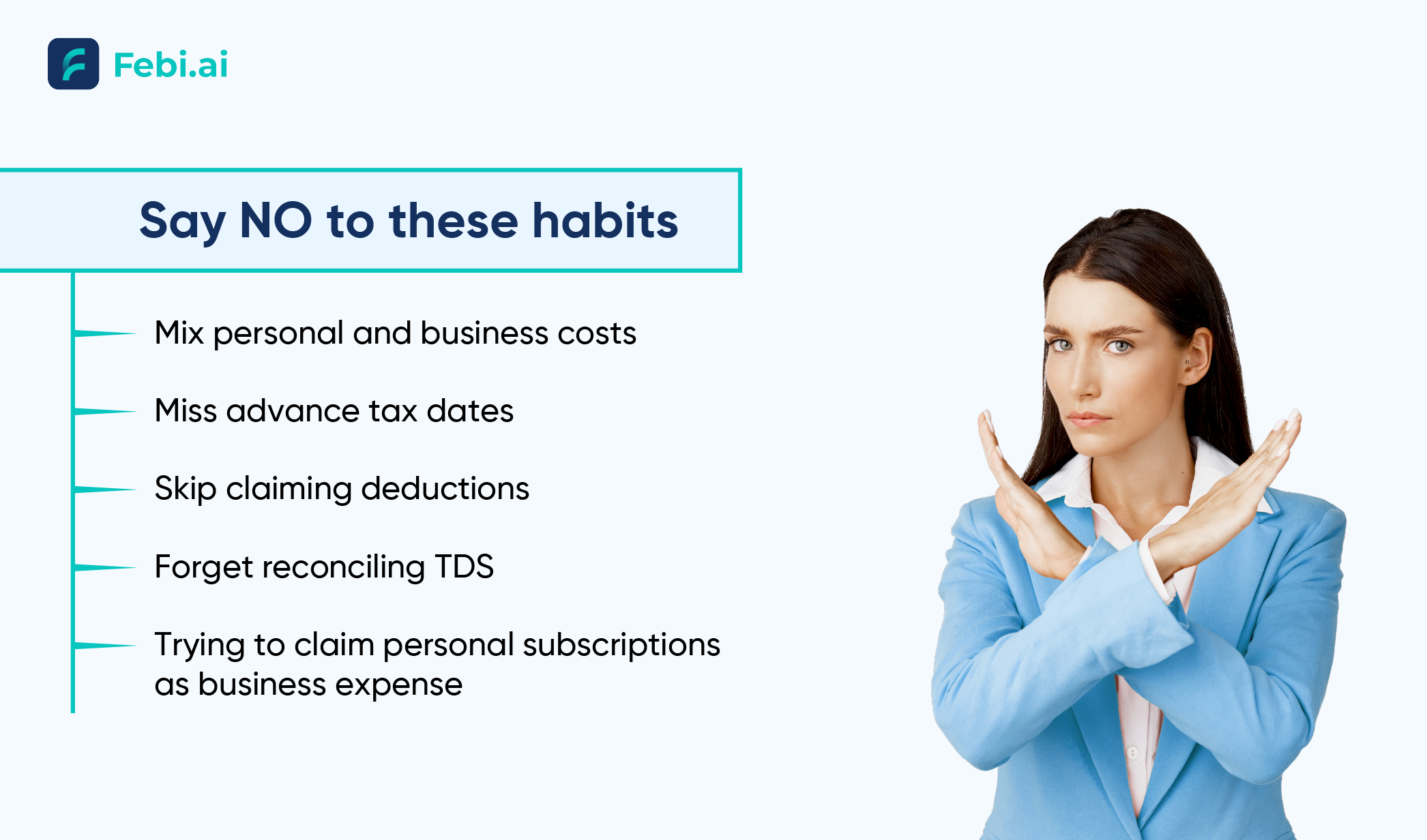
Things you don’t have to do:
- Mix personal and business costs
- Miss advance tax dates
- Skip claiming deductions
- Ignore GST rules
- Forget reconciling TDS
Try claiming your personal subscriptions as business expense
You’ll need PAN, Aadhaar, Form 26AS/AIS, invoices, TDS files, for ITR-4 and if you’re on ITR3 you’ll need profit/loss books.
Long-haul planning: build real resilience
Want growth and tax sanity?
- Use Section 80C (LIC, PPF, ELSS,)
- Add NPS under 80CCD(1B)
- Keep investments varied
- Think about an official biz entity
- Appoint a CA for help – the best move you’ll make.
Choose a right tool for your business
If you want Accounting, GST, Invoicing, Compliances, Filing ITR, TDS Tracking etc. then Febi.ai is a best-in-the-market tool ticking all the boxes required in tax filing for independent contractors which helps in smoothly run their daily tasks which takes a lot of time and gives you a mindful of stress.
Schedule your first call with Febi.ai and make your business stress free.
Final word
Taxes can feel overwhelming – until they don’t. If you treat filing like running your business, you stay in control. Nail your deductions, hit deadlines, file right and you’re not just saving money, you’re building a business that endures. Next time someone asks how to save tax as a freelancer, you’ll have the answer. And, more importantly, the confidence behind it.
